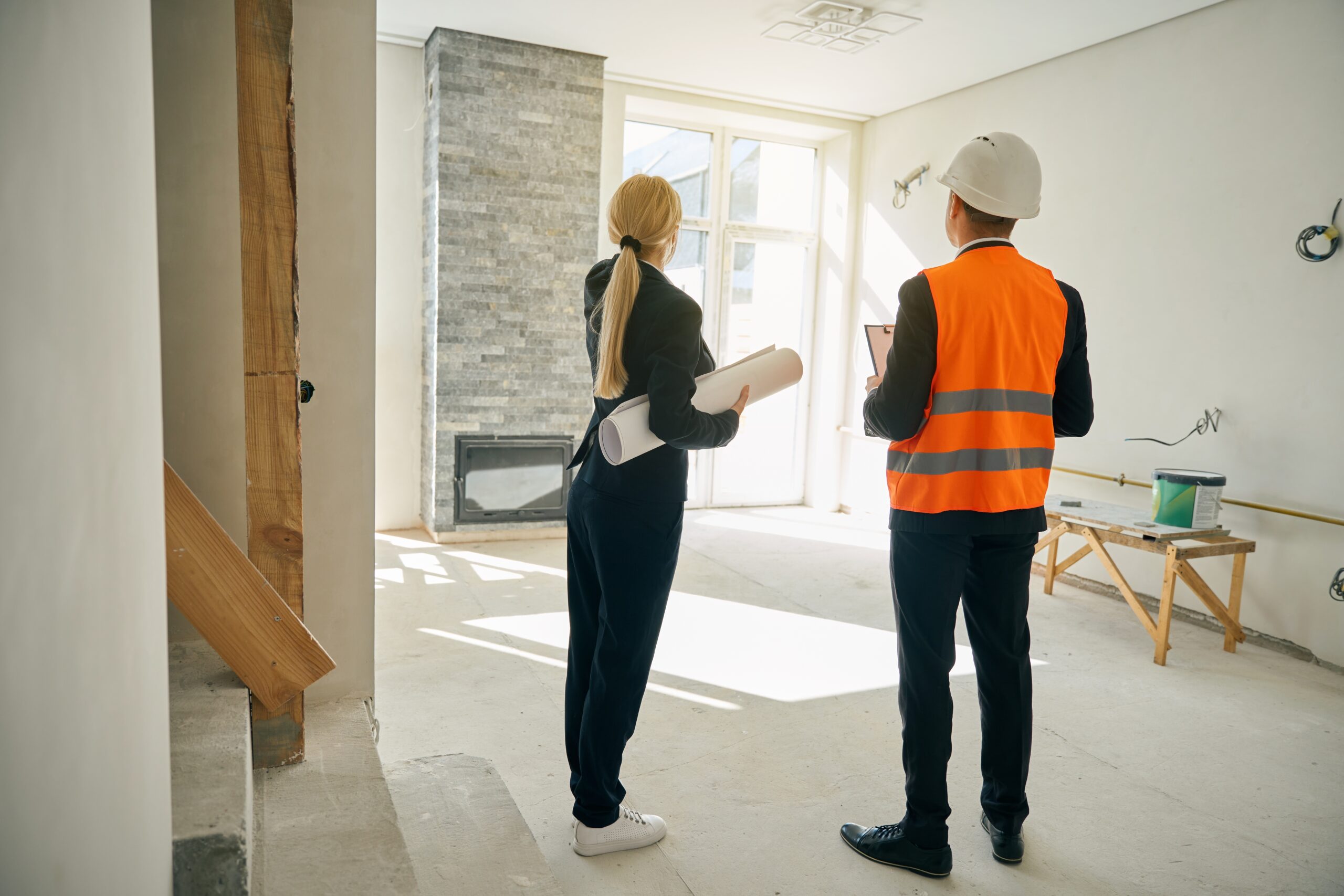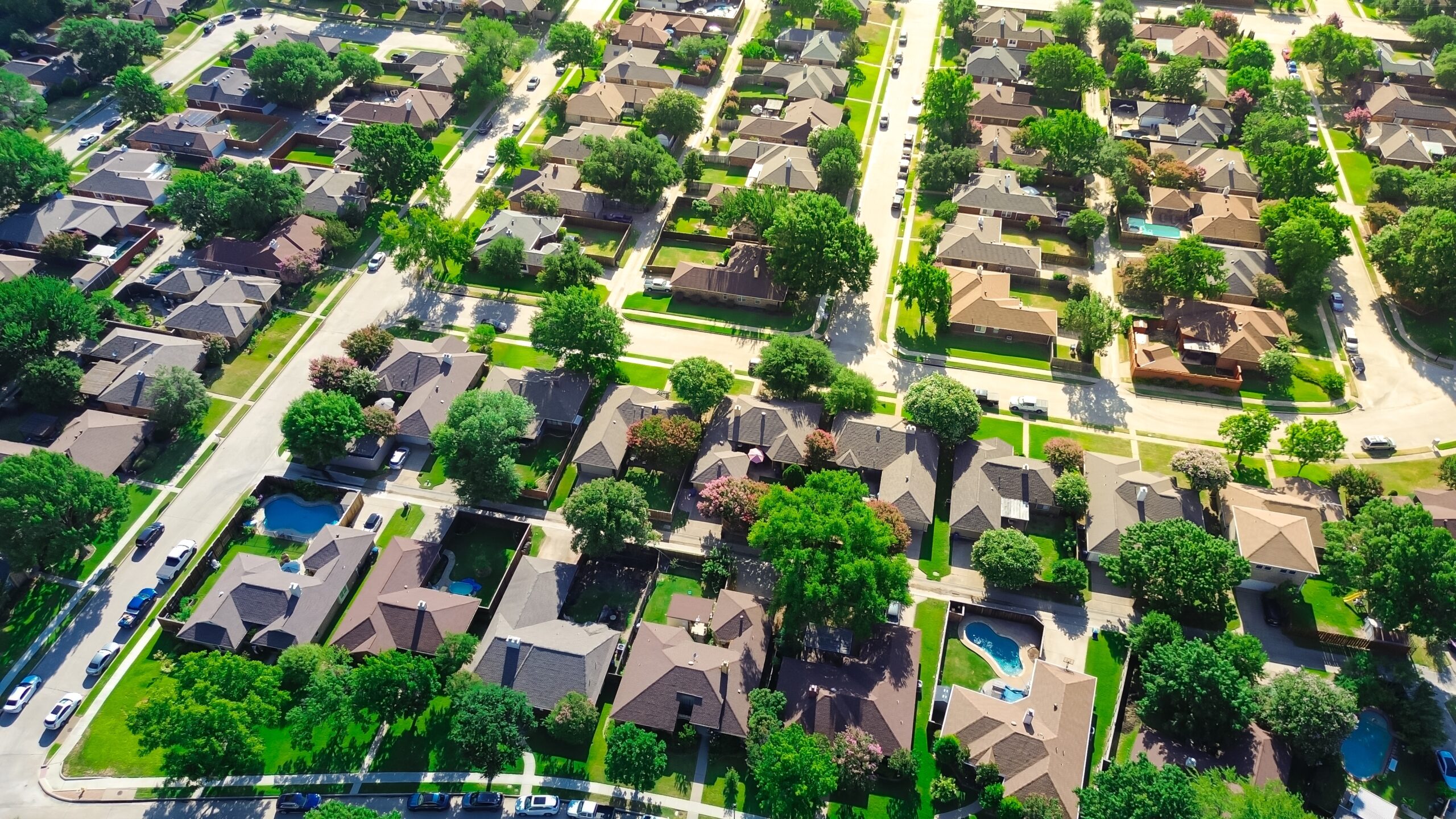


When you’re preparing to close on a home, the list of expenses can feel endless. But if there’s one item you don’t want to skip, it’s the home inspection. While it may seem optional, this modest investment can save you thousands—or help you avoid a costly mistake altogether.
Home inspection costs typically range between $300 and $600, depending on factors like location, home size, and the type of inspection required. While not mandated by mortgage lenders, a thorough inspection gives you an unfiltered look at a property’s true condition before you sign on the dotted line.
What Is a Home Inspection?
A home inspection is an objective, visual evaluation of a home’s physical structure and systems. It’s conducted by a certified professional who identifies current issues and flags potential problems in areas like the roof, plumbing, HVAC, foundation, and more. The goal is to help buyers understand what they’re getting into before they finalize the purchase.
Average Home Inspection Cost
The national average cost for a home inspection falls between $300 and $600. That said, the number can vary. In lower-cost markets or for smaller homes like condos, you might pay closer to $300. In higher-priced areas or for large, complex homes, inspections can exceed $600.
Here’s a quick look at what typically affects the final price.
Key Factors That Influence Inspection Costs
1. Location
Home inspection costs vary by region. In high-demand or urban areas, you’ll likely pay more than in smaller towns or rural locations.
2. Home Size and Complexity
Larger homes take more time to inspect, which usually means a higher fee. Homes with basements, attics, crawlspaces, or unusual layouts may also require extra effort and time, adding to the total cost.
3. Inspector Experience
Not all inspectors charge the same. Prices often reflect their level of experience, certifications, and any specialized knowledge. While comparing quotes is smart, choosing the lowest price can backfire. A well-qualified, thorough inspector is often worth the extra cost.
4. Type of Inspection
A standard home inspection covers general systems and structures, but some homes may need specialized inspections. These additional services—like sewer line checks or mold testing—come with added costs and may be necessary depending on the home’s age, condition, or location.
Types of Home Inspections
While a basic home inspection gives you a general overview of the entire property—checking key systems, looking for visible damage, and estimating things like the roof’s remaining lifespan—sometimes that’s just the starting point.
Depending on the property’s age, condition, or red flags raised during the general inspection, you may need a specialized inspection to dig deeper into specific issues like pests, mold, or structural integrity. Here’s a breakdown of what each type covers and when you might need more than just the basics.
Standard Home Inspection
This is the baseline inspection most buyers schedule. It evaluates the visible and accessible elements of the home including:
- Foundation and structure
- Roof and gutters
- Electrical system
- Plumbing
- Heating and cooling systems
- Attic and insulation
- Windows and doors
Specialized Inspections
Depending on your home’s age, location, and condition, you may want to order additional inspections. Here are some common types and their typical costs:
| Inspection Type | Purpose | Estimated Cost |
| Pest Inspection | Checks for termites or wood-destroying insects | $75–$150 |
| Radon Testing | Detects dangerous radon gas levels | $100–$200 |
| Mold Inspection | Identifies presence and type of mold | $200–$400 |
| Sewer Line Inspection | Uses cameras to assess sewer or septic line health | $300–$600 |
| Asbestos Testing | Samples materials in older homes for asbestos content | $200–$800 |
| Chimney Inspection | Evaluates chimney structure and safety | $100–$300 |
| HVAC Evaluation | Offers a detailed look at heating/cooling systems beyond basic testing | $200–$500 |
| Foundation Inspection | Conducted by a structural engineer if stability issues are suspected | $300–$800+ |
These inspections can be added à la carte depending on what your general home inspector finds or what concerns you already have.
Who Pays for the Home Inspection?
In most real estate transactions, the buyer pays for the home inspection. This ensures the inspector is working in the buyer’s best interest. Some buyers also include a home inspection contingency in their purchase agreement, which allows them to walk away from the deal, or renegotiate, if the inspection uncovers major issues.
Why a Home Inspection Is Worth Every Penny
Think of a home inspection as financial protection, peace of mind, and a negotiation tool all rolled into one. Here’s what you get:
Protection From Hidden Costs
Issues like faulty wiring, roof leaks, or foundation cracks can go unnoticed until they cause serious—and expensive—problems. An inspection helps you spot those risks upfront.
Negotiation Power
If the inspector finds defects, you can ask the seller to repair them, lower the purchase price, or offer a repair credit. Without an inspection, you lose that leverage.
An Out If You Need It
With an inspection contingency in place, you can back out of the deal without losing your deposit if serious issues are found.
Roadmap for Future Repairs
Even if you go through with the purchase, a home inspection report becomes a useful guide for prioritizing maintenance and upgrades after move-in.
Safety Assurance
From gas leaks to electrical hazards, an inspection can uncover safety concerns that might not be obvious to the untrained eye.
Conclusion
A home inspection is more than just another box to check during the buying process. It’s one of the smartest ways to protect your investment and avoid costly surprises down the road. For a few hundred dollars, you get a clearer understanding of the home’s condition—from potential repairs and safety issues to the remaining life of key systems like the roof, plumbing, or HVAC.
This insight can guide your next steps. You might decide to move forward with confidence, negotiate for repairs or a lower price, or even walk away if the problems are too serious. It also helps you plan ahead by giving you a better idea of future maintenance and expenses.


